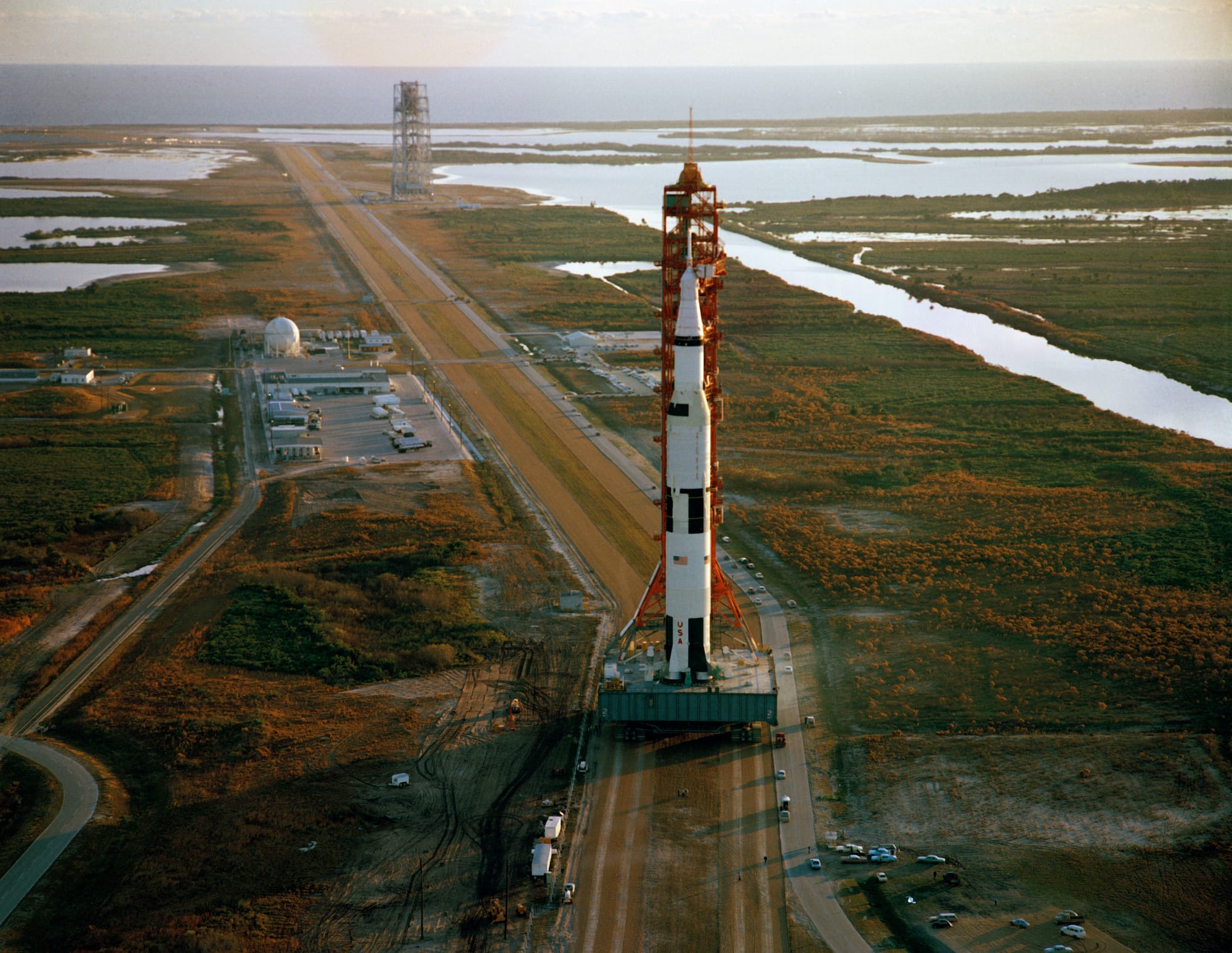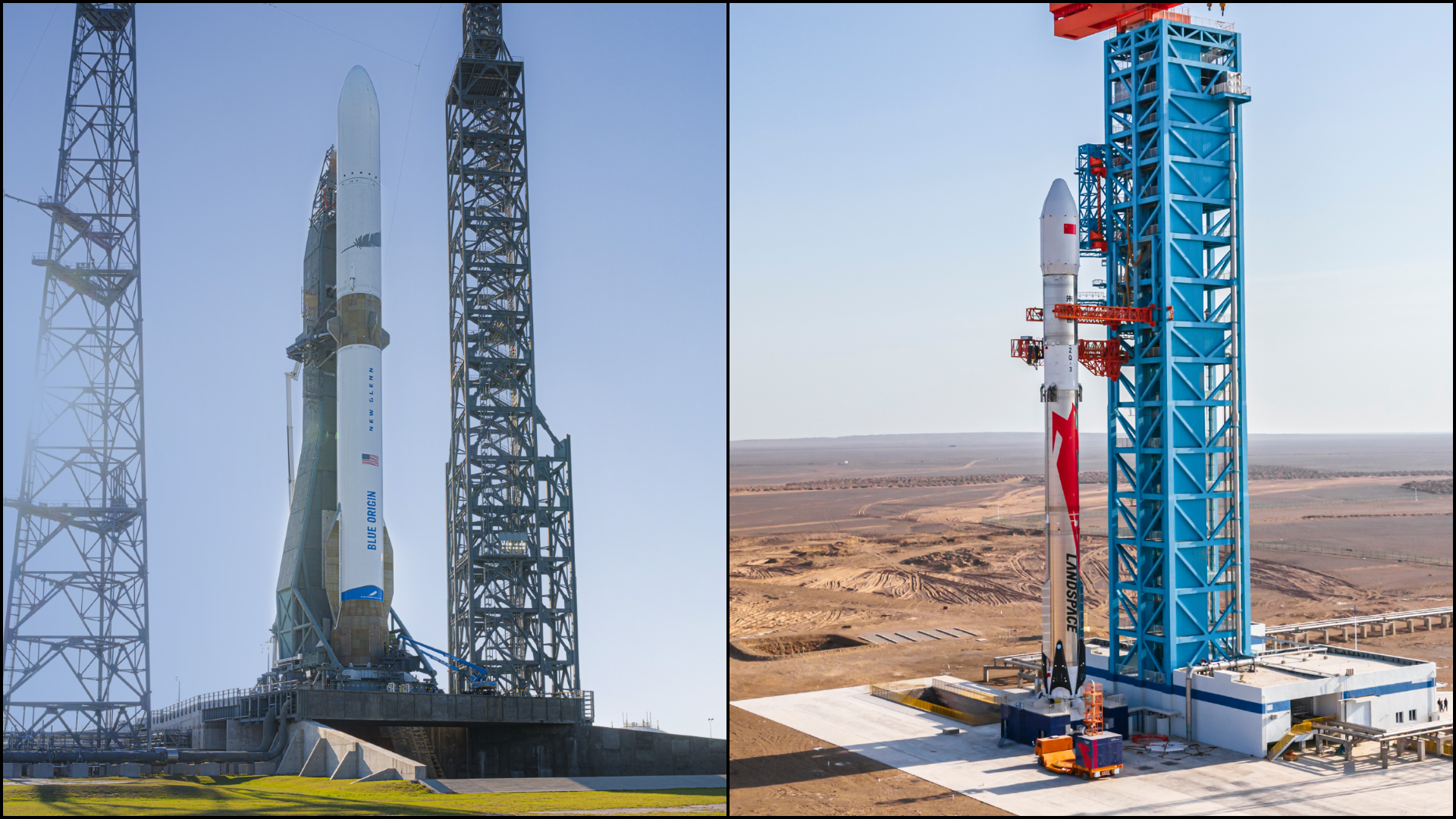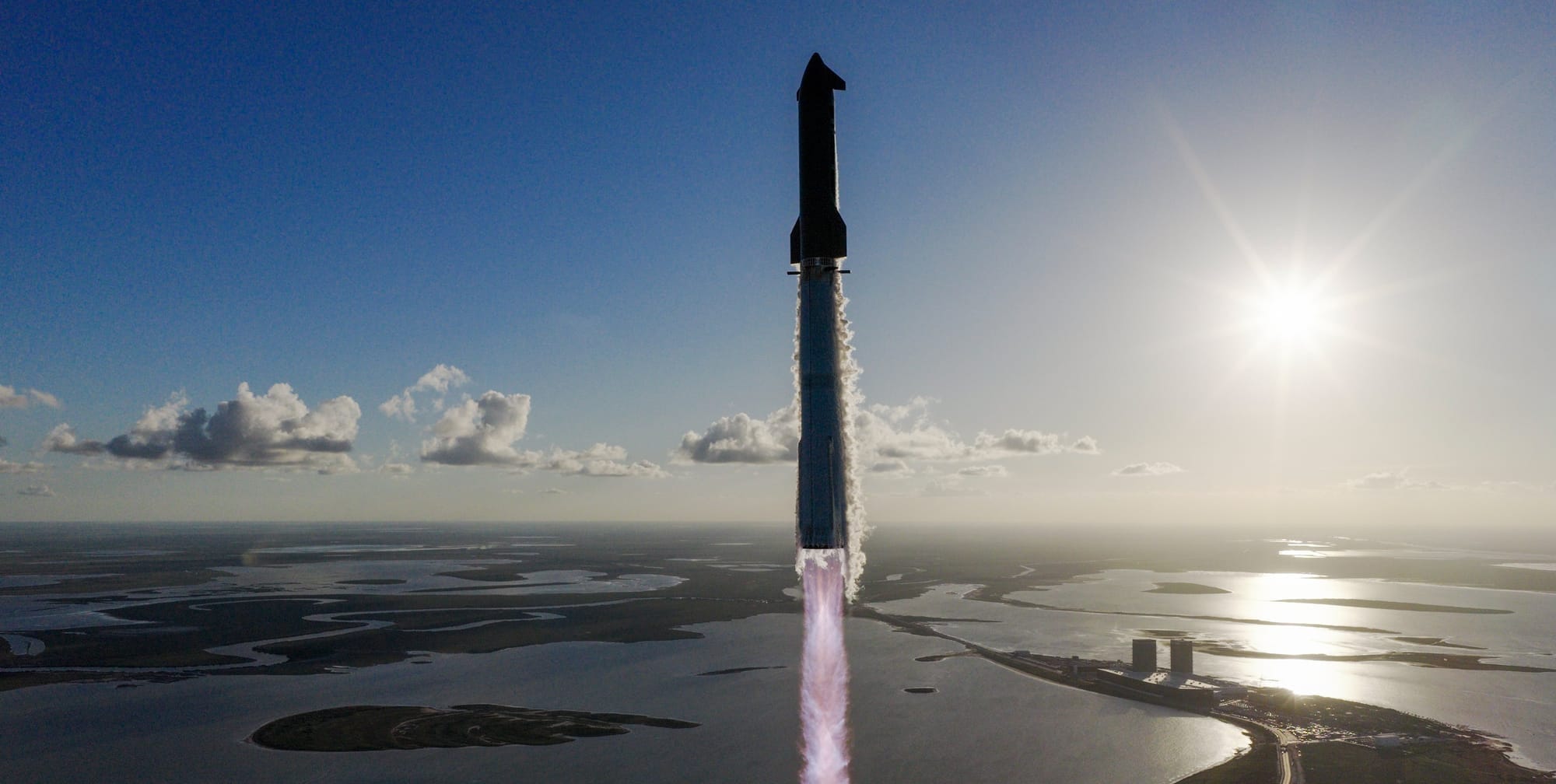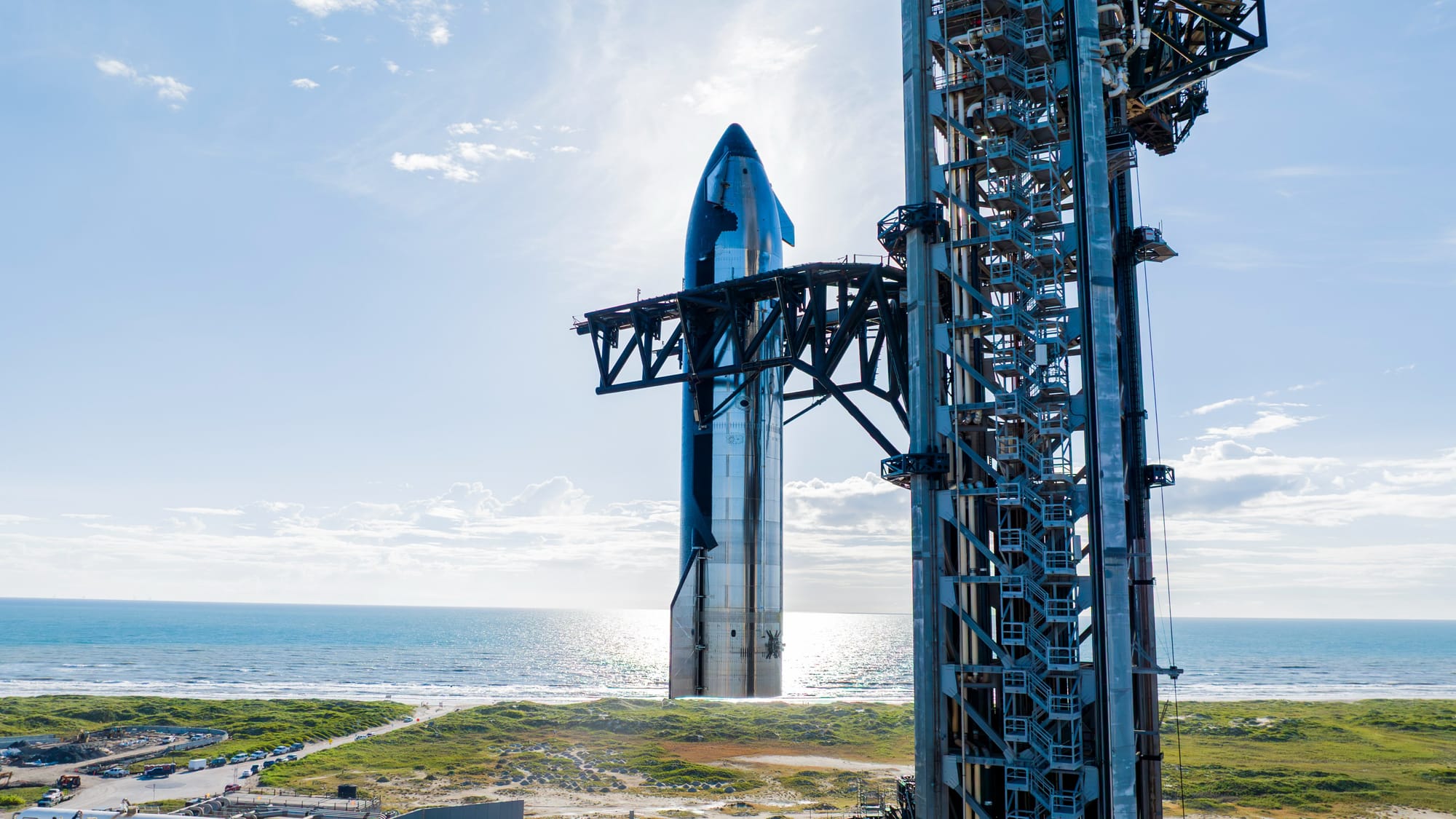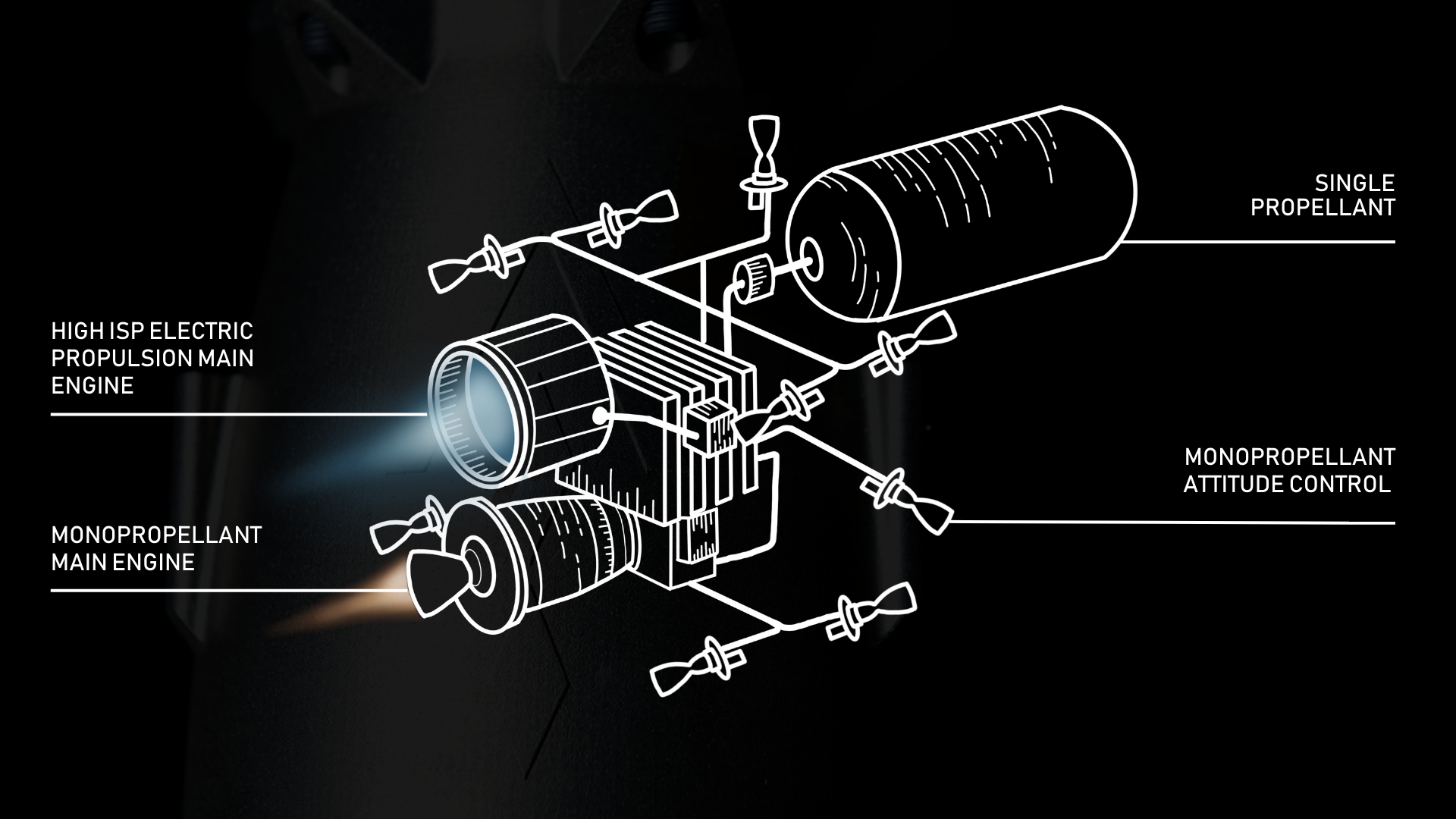Table of Contents
What Is Aerospace Engineering?
The design, development, testing, and manufacturing of vehicles that go through the atmosphere and beyond are the main objectives of aerospace engineering, a specialist area of mechanical engineering. There are two primary disciplines within this field: aeronautical engineering and astronautical engineering.
- Aeronautical engineering deals with aircraft that operate within Earth’s atmosphere, such as planes, helicopters, and drones.
- Astronautical engineering focuses on spacecraft and systems that travel beyond the atmosphere, including rockets, satellites, probes, and rovers.
History of Aerospace Engineering
Since the first flight of the Wright brothers, Gagarin's first trek beyond our atmosphere, and Armstrong's step on another world; aerospace engineering has rapidly evolved in the 20th century. Early advancements focused on aviation, while the mid-20th century saw the rapid rise of astronautics during the Space Race. Today, the field spans everything from uncrewed aerial vehicles (UAVs) to interplanetary exploration missions.
Branches of Aerospace Engineering
Aeronautical Engineering
- Design and optimization of aircraft for commercial, military, and recreational use
- Focus on aerodynamics, propulsion, avionics, and structural integrity.
- Applications: passenger jets, fighter aircraft, helicopters, UAVs
Astronautical Engineering
- Development of spacecraft, launch vehicles, and orbital systems
- Emphasis on propulsion, spacecraft design, guidance, and navigation
- Applications: satellites, planetary probes, space stations, crewed missions
Skills Needed in Aerospace Engineering
Aerospace engineers blend creativity with technical expertise. Common skills include:
- Advanced mathematics and physics
- Computer-aided design (CAD) and simulation software
- Knowledge of materials science and structural analysis
- Understanding of propulsion systems and aerodynamics
- Problem-solving and project management abilities
Careers in Aerospace Engineering
Aerospace engineers can work in:
- Commercial aviation companies (Boeing and Airbus)
- Commercial space companies (SpaceX)
- Space agencies (NASA, ESA, ISRO, JAXA, CNSA)
- Defense contractors (Lockheed Martin)
- Research laboratories and universities
- Emerging space startups
Typical roles include:
- Design engineer
- Flight systems engineer
- Propulsion engineer
- Structural analyst
- Mission planner
Future of Aerospace Engineering
The field is about to undergo a period of rapid change. Important trends consist of:
- Reusable rockets and lower-cost space access
- Electric and hybrid aircraft for sustainable aviation
- Supersonic and hypersonic flight revival
- Deep space exploration with crewed Mars missions
- AI-assisted flight systems and autonomous vehicles
Frequently Asked Questions
Is aerospace engineering hard?
Yes, it requires strong skills in math, physics, and engineering principles, along with creativity and problem-solving abilities.
What distinguishes mechanical engineering from aerospace engineering?
Aerospace engineering is a subfield of mechanical engineering that focuses on aircraft and spacecraft. Mechanical engineering, on the other hand, deals with a wider variety of systems.
What is the salary of an aerospace engineer?
Although salaries vary, the median yearly salary for engineers in the United States is approximately $125,000, with experienced engineers making much more.

